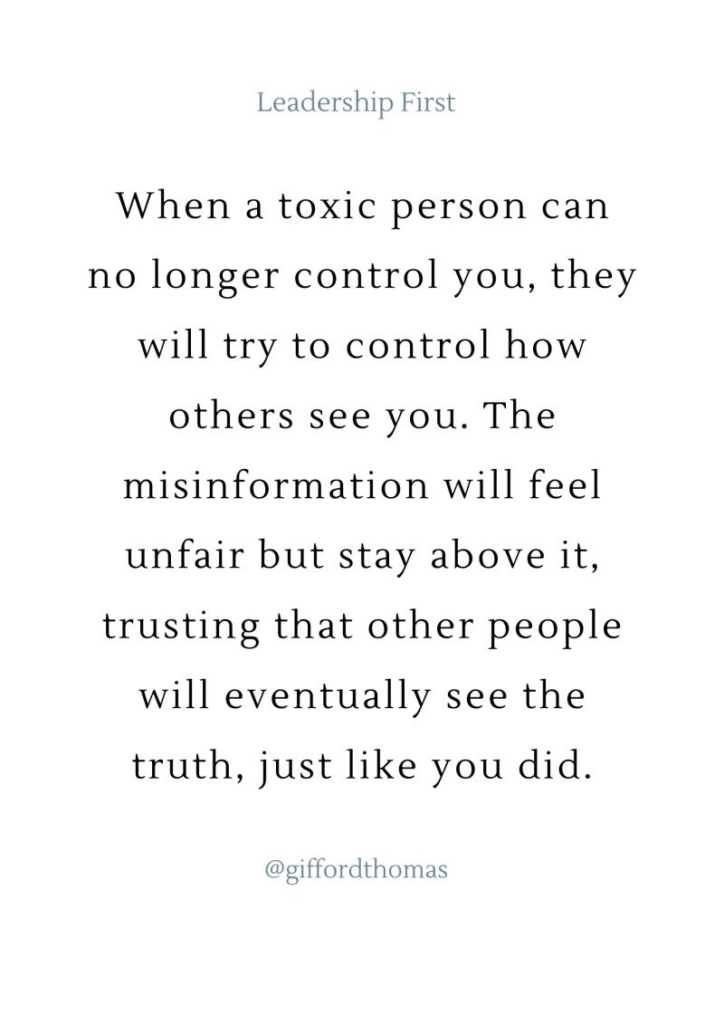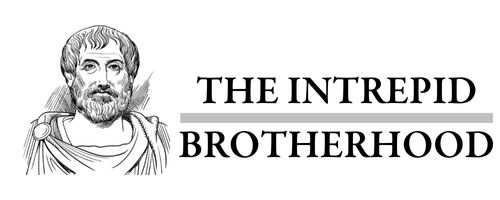
Chelsea Jay, Career and Leadership Coach, recently conducted a survey on LinkedIn with only one question:
“Have you or someone you’ve known ever worked in a toxic environment?”
She left it open for a week and then posted the results. 551 people responded with 99% expressing the belief that they, or someone they’ve known, had worked in a toxic environment. If believed, a maximum of 6 people out of the 551 respondents felt they had worked in something other than a toxic workplace.
Pretty incredible.
You can extrapolate those results ad infinitum. For instance, out of 50,000 employees only 500 might feel that they are working in a supportive workplace!
But, what really constitutes a “toxic” workplace? Not to discount any of the responses to Chelsea’s survey, but identifying a work environment as toxic is really a damning diagnosis and should not be taken lightly. You can’t simply say “my workplace is toxic” solely because you were criticized and/or your feelings got hurt.
Chelsea makes the concession that “toxic” means different things to different people, but that it is actually a set of behavioral traits and actions. And ….. it can come from ANYONE (CEO, Director, Mid-level Management, HR, front line staff, etc.).
Those behaviors can include:
- Name calling; (public persecution to demean you)
- Microaggressions; (comment or action that expresses prejudice)
- Intentionally embarrassing colleagues and staff; (see Name Calling above)
- Participating in and spreading rumors; (creating perceptions that become reality)
- Unequal treatment; (undeserved promotions, bypassing deserved promotions)
- Gaslighting when issues are brought to the table; (psychological manipulation)
- Intimidating others (raising your voice or threatening).
These behaviors contribute to overall organizational dysfunction by:
- Spreading fear in the workforce;
- Inducing self-doubt by causing employees to question their capabilities and self-worth;
- Discouraging self/team advocacy;
- Making employees feel hopeless/worthless;
- Creating unsafe spaces with no place for professionals to thrive and grow;
- Creating tensions.
These behaviors are intentional. Purposeful. Not occasional or accidental. They become what defines your organization. And, if not corrected, they ultimately affect the mission, vision and strategy of the company. They become the culture, or vice versa.
Another LinkedIn post from Chelsea Jay implied that she had produced a list of “pros” for staying in a toxic work environment. When the reader scrolled down to read the list they found one short sentence:
“There are none”.
Stay Courageous,
Gordon
